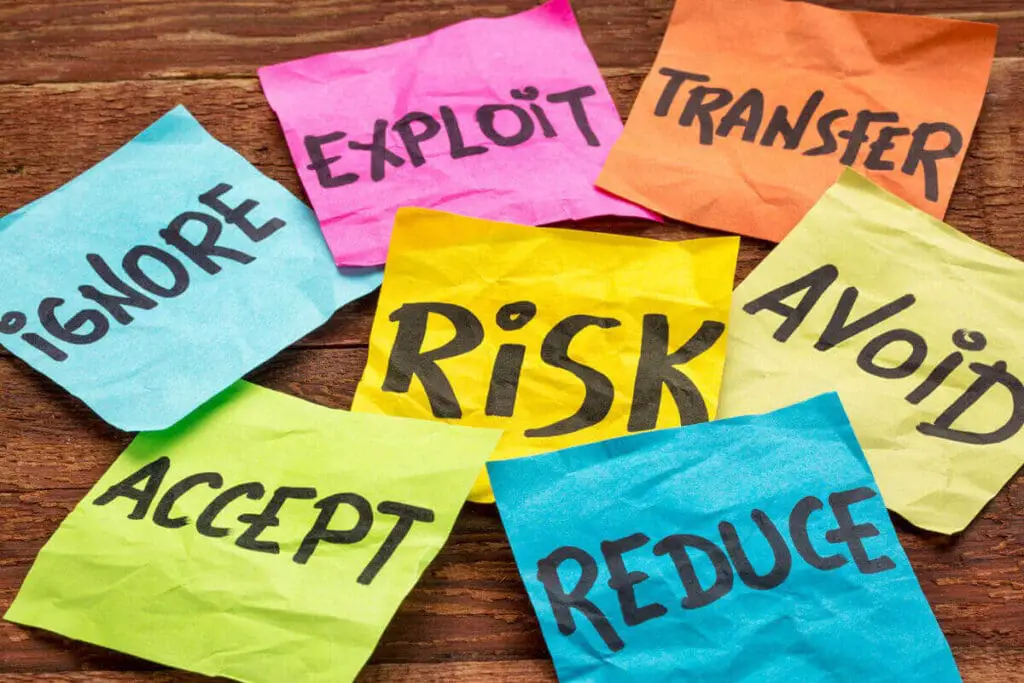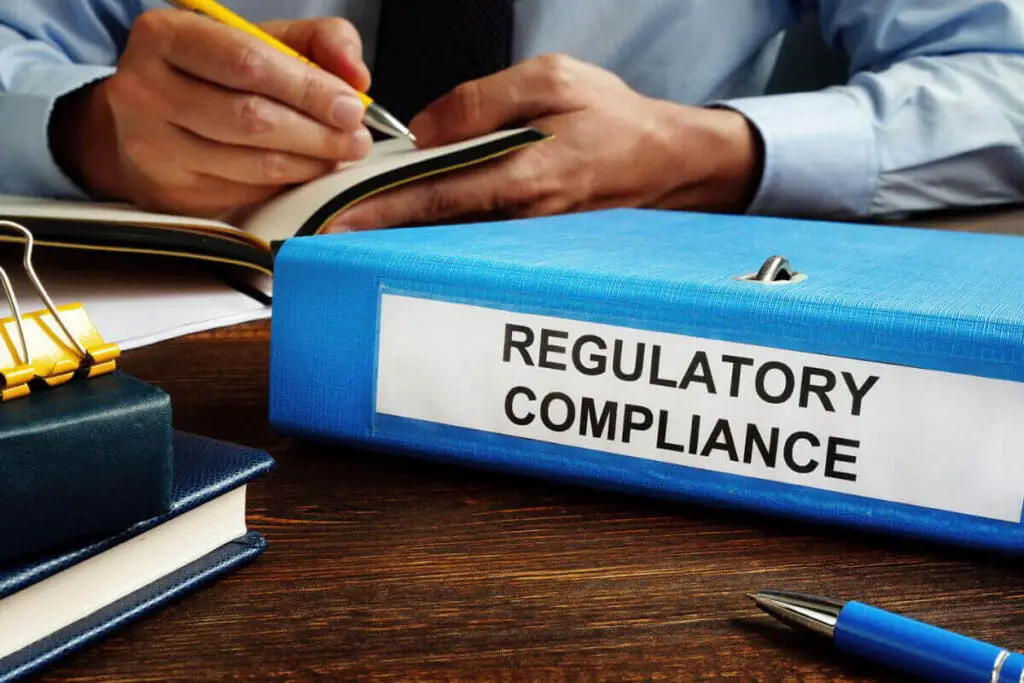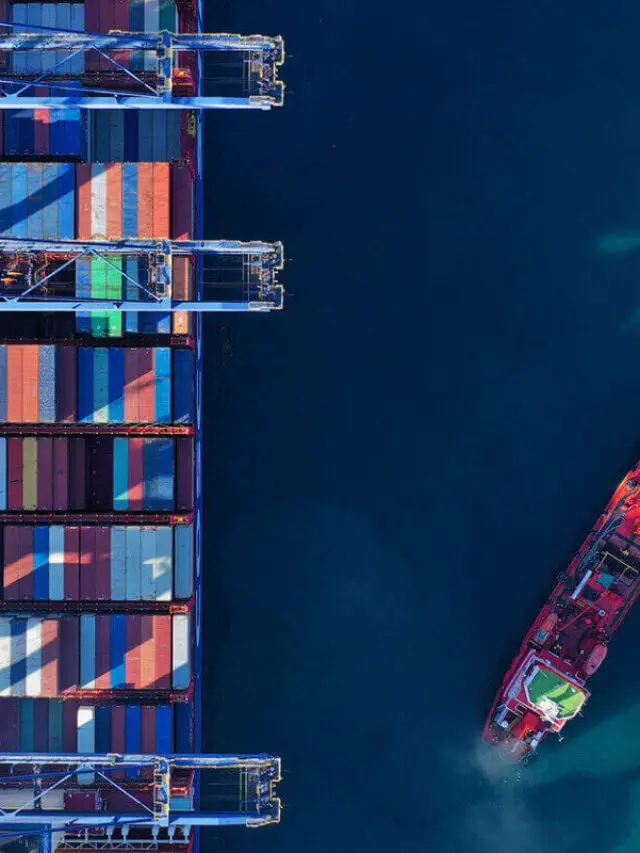In the bustling world of modern business, a strong, efficient, and resilient supply chain is the lifeline of any successful organization. That is why it is essential for companies to understand what it means to build an efficient and effective supply chain.
The supply chain represents the intricate network that intertwines the various organizations, activities, and processes instrumental in producing and delivering a product or service to the end consumer. From sourcing raw materials to manufacturing and eventually delivering the final product, the supply chain streamlines the flow of operations, often functioning as the critical determinant of an enterprise’s success.
Table of Contents
- Constructing A Supply Chain From Ground Zero: A Comprehensive Guide
- 15 Ways To Build A Supply Chain From Scratch
- Understand Your Business Needs
- Establishing Clear Objectives
- Identifying Key Stakeholders
- Selecting Your Suppliers
- Designing Your Production Process
- Planning Your Distribution Network
- Implementing A Quality Control System
- Investing In Technology
- Developing A Risk Management Strategy
- Ensuring Regulatory Compliance
- Building Strong Relationships
- Investing In Human Resources
- Fostering Sustainability
- Setting Up Effective Communication Channels
- Regular Monitoring, Evaluation, And Improvement Of The Supply Chain
- Watch Our Short Stories About Ways To Build A Supply Chain From Scratch Below!
- Related Content
Constructing A Supply Chain From Ground Zero: A Comprehensive Guide
Constructing a supply chain from scratch is akin to a high-stakes puzzle. It’s a challenge that demands meticulous planning, strategic decision-making, and relentless dedication to consistent execution. Despite the complexity, constructing a well-orchestrated supply chain can provide a sturdy backbone to your enterprise, enabling enhanced operational efficiency, cost-effectiveness, and amplified customer satisfaction.
Building a supply chain from the ground up can seem daunting, especially in a world where market dynamics are perpetually shifting. However, armed with a comprehensive understanding of the task and a strategic blueprint, the challenge transforms into an opportunity to establish a robust system that can weather uncertainties and drive your business toward success.
We will delve deep into the elaborate process of building a supply chain from scratch, while offering a roadmap filled with practical steps and insights to guide you toward creating a supply chain that is as robust as it is efficient.
The Supply Chain Is A Dynamic Network
In the business realm, the supply chain — a dynamic network encompassing all organizations, activities, and processes involved in producing and delivering a product or service — functions as the backbone, driving the pulse of all operations. From the initial stages of sourcing raw materials to the ultimate delivery of the final product to the customer, the supply chain is a crucial element dictating the flow of business operations.
Building A Supply Chain From Scratch Is Challenging
However, building a supply chain from scratch is challenging and teeming with intricacies. It’s a process that demands meticulous planning, strategic decision-making, and unwavering commitment to consistent execution.
Establishing a well-structured supply chain can lay a robust foundation for a successful business despite the complexities involved. It facilitates operational efficiency, ensures cost-effectiveness, and nurtures customer satisfaction.
15 Ways To Build A Supply Chain From Scratch
We have outlined 15 different ways or steps and suggestions that you can take to start building your supply chain from scratch. Building a supply chain from scratch is a challenge, but if you follow these steps and suggestions, it will help you to work through all these challenges.
You may not do all these steps, but following those that pertain to your business will help you build a more robust supply chain.
Understand Your Business Needs
The journey toward constructing a supply chain must begin with a comprehensive understanding of your business model. Each business is unique, bringing along a distinct set of supply chain requirements.

Analyzing the nature of your product or service, the target market, and the intricacies of your business model will aid in defining the core components of your supply chain. This includes sourcing materials, manufacturing processes, storage, distribution, and customer service.
Establishing Clear Objectives
Clarity of purpose paves the way for success. Before setting out to build your supply chain, it’s essential to establish well-defined objectives.

Aligning these objectives with your overarching business goals is paramount. You might aim for cost savings, improved delivery times, enhanced product quality, superior customer satisfaction, or fostering sustainability.
Identifying Key Stakeholders
A supply chain network involves an array of stakeholders. Identifying these stakeholders at an early stage can smoothen the process significantly. Stakeholders range from suppliers, manufacturers, and logistics providers to customers.

Recognizing their expectations, catering to their needs, and establishing open lines of communication can fortify your supply chain structure.
Selecting Your Suppliers

Choosing suitable suppliers can often make or break your supply chain. Crucial factors to consider when selecting suppliers include cost, quality, reliability, capacity, and ethical practices.
Negotiating mutually beneficial terms and clear contracts is pivotal in supplier selection.
Designing Your Production Process

Your business model will determine whether you must establish manufacturing facilities or opt for contract manufacturing. The production process should ensure efficiency and flexibility while maintaining high product quality.
Planning Your Distribution Network

A critical decision in building your supply chain is determining how to store your products and deliver them to your customers. This could involve renting warehouse space, selecting a courier service, or setting up retail outlets.
The primary goal of your distribution network should be to ensure fast, reliable delivery to your customers.
Implementing A Quality Control System

Quality control forms the heart of any supply chain. Implementing a system for inspecting your products at various supply chain stages, from receiving raw materials to the final delivery to the customer, can significantly enhance product quality and customer satisfaction.
Investing In Technology

Leveraging technology can be a game-changer for the efficiency and visibility of your supply chain. Consider investing in state-of-the-art inventory management software, supply chain analytics, and other digital tools.
These resources can empower you to monitor and manage your supply chain more effectively.
Developing A Risk Management Strategy
Every supply chain is susceptible to various risks, such as supplier failures, transportation delays, and market fluctuations. Formulating a risk management strategy involves identifying potential threats, assessing their impact, and outlining preventive measures.

An effective risk management strategy can significantly reduce the likelihood of disruptions and help maintain the smooth operation of your supply chain.
Ensuring Regulatory Compliance
Adherence to laws and regulations in all regions where your supply chain operates is not optional but mandatory. This includes labor laws, environmental regulations, safety standards, and import-export rules.
Compliance mitigates the risk of legal issues, penalties, and reputational damage.

Building Strong Relationships

The relationships you build with your suppliers, logistics partners, and customers will significantly impact the success of your supply chain. Building mutual trust, honoring commitments, and addressing concerns promptly can strengthen these relationships and contribute to a robust and resilient supply chain.
Investing In Human Resources

People are the cornerstone of any successful supply chain. Investing in training, skill development, and employee satisfaction can help attract and retain the best talent. A committed, competent team can ensure your supply chain runs smoothly, even in challenging circumstances.
Fostering Sustainability

With increasing awareness of environmental issues, sustainability is no longer a nice-to-have but a must-have. Incorporating eco-friendly practices in your supply chain, such as reducing waste, optimizing energy use, and sourcing responsibly, can enhance your brand’s reputation and contribute to long-term business success.
Setting Up Effective Communication Channels

Effective communication across the supply chain is crucial for seamless operations. Effective communication channels are essential for a well-functioning supply chain, from addressing issues promptly to informing all stakeholders about changes and developments.
Regular Monitoring, Evaluation, And Improvement Of The Supply Chain
Building a supply chain is not a one-time task; it’s an ongoing process. Regular monitoring of performance, evaluating effectiveness against set objectives, and continual improvements are essential to keep your supply chain relevant and efficient.

Regular audits, customer feedback surveys, and analysis of key performance indicators can provide valuable insights for improvement.
Constructing a supply chain from scratch is arduous, fraught with challenges and intricacies. However, a step-by-step, structured approach can simplify this task significantly.
A deep understanding of your business needs, clear objectives, meticulous selection of partners, strategic design of processes, regular monitoring, and a commitment to continuous improvement can pave the way to a robust and resilient supply chain.
Remember, the supply chain you build today will be the lifeblood of your business tomorrow. Investing the necessary time, resources, and efforts in building a reliable and efficient supply chain can provide a competitive edge and contribute to long-term business success.
The efforts spent on building a supply chain from scratch are indeed an investment into the future of your business. The challenges are many, but the rewards — efficiency, cost-effectiveness, and customer satisfaction — are worth the effort.
Watch Our Short Stories About Ways To Build A Supply Chain From Scratch Below!
If you are interested in seeing how Mondoro can help you with your supply chain – we would love to talk to you about how we can help you and be part of your global supply chain.
Find out more about how Mondoro can help you create, develop, and manufacture excellent home decor and furniture products – don’t hesitate to contact me, Anita. Check out my email by clicking here or become a part of our community and join our newsletter by clicking here.
Mondoro gives out a FREE Lookbook to anyone interested. You can receive a copy of our latest Lookbook by clicking here.
Listen to our Podcast called Global Trade Gal. You can find it on all major podcast platforms. Try out to listen to one of our podcasts by clicking here.
Subscribe to our Mondoro Company Limited YouTube Channel with great videos and information by clicking here.
Related Content
What Are The Major Benefits Of Strategic Sourcing?
Never underestimate the proper use of the strategic sourcing process in your supply chain. Strategic sourcing is a significant benefit to all stakeholders within the supply chain. Strategic sourcing forces all stakeholders to look at the supply chain strategy in detail. Strategic sourcing helps to eliminate any potential risks or problems.
You can discover more by reading What Are The Major Benefits Of Strategic Sourcing? by clicking here.
Seven-Step Strategic Sourcing Process Explained
A seven-step strategic sourcing strategy will help companies succeed when procuring a product or a commodity. If companies take the time to go through each of the seven steps, this will help them to ensure they are successful with their sourcing needs.
You can find out more by reading our blog, Seven-Step Strategic Sourcing Process Explained, by clicking here.
Product Sourcing and Strategic Sourcing Explained
Product sourcing is when you source or look to find a supplier for a product you need. Strategic sourcing is strategically sourcing products. Strategic sourcing is not the lowest purchase price but the lowest overall cost. Product and strategic sourcing are very similar, but strategic sourcing is sourcing with a plan.
You can learn more by reading Product Sourcing and Strategic Sourcing Explained by clicking here.





